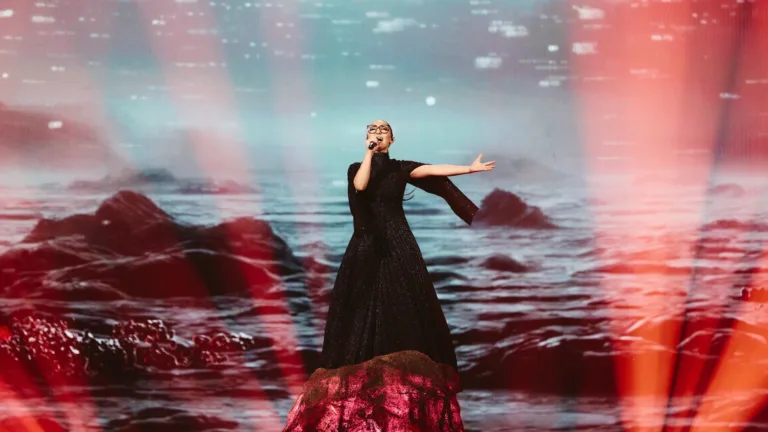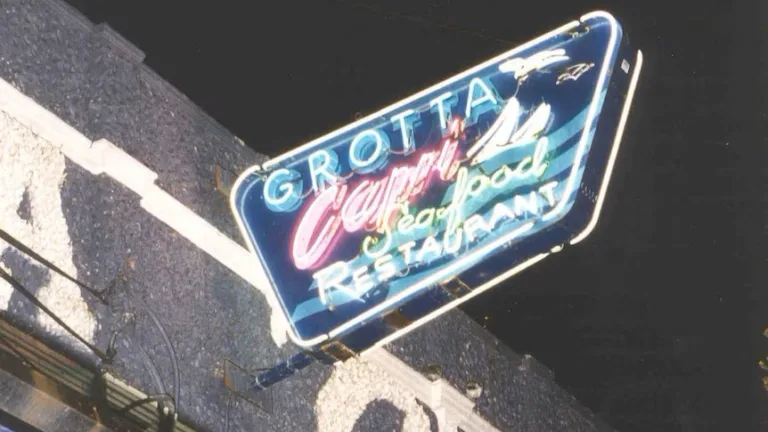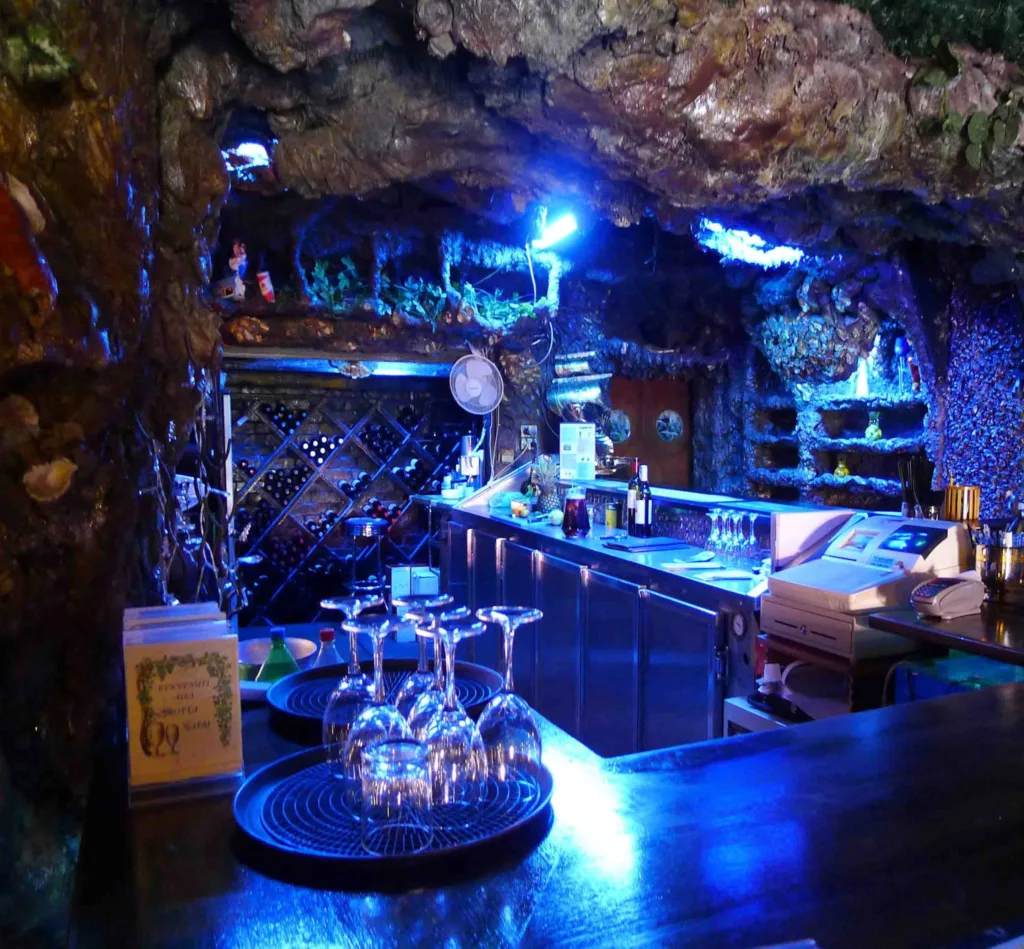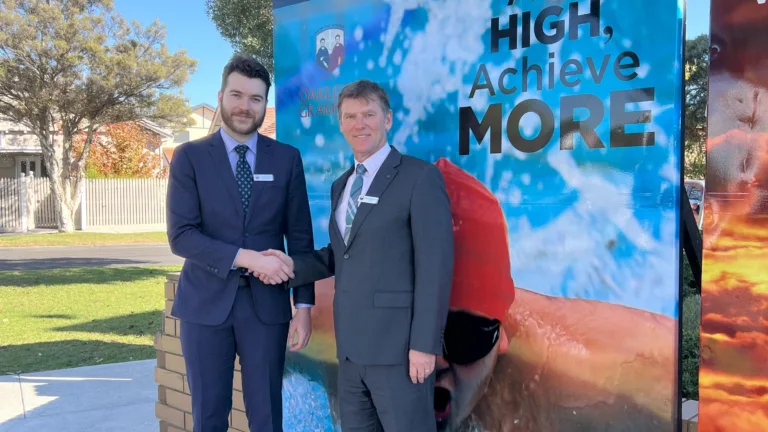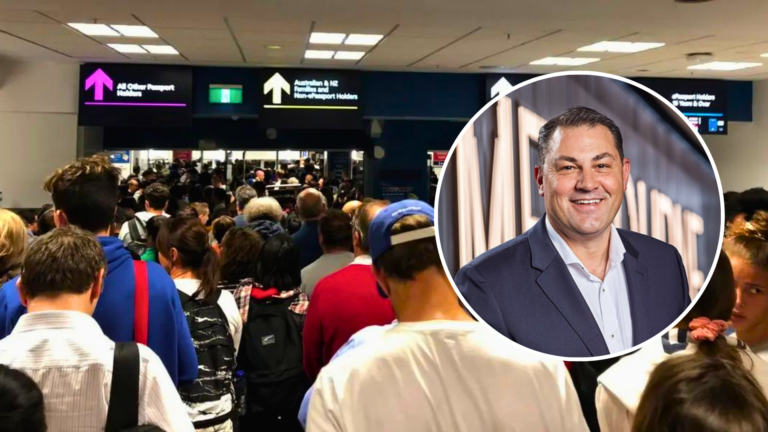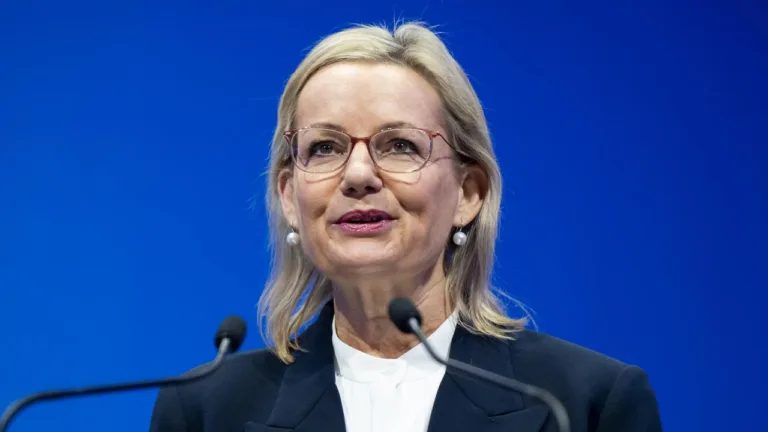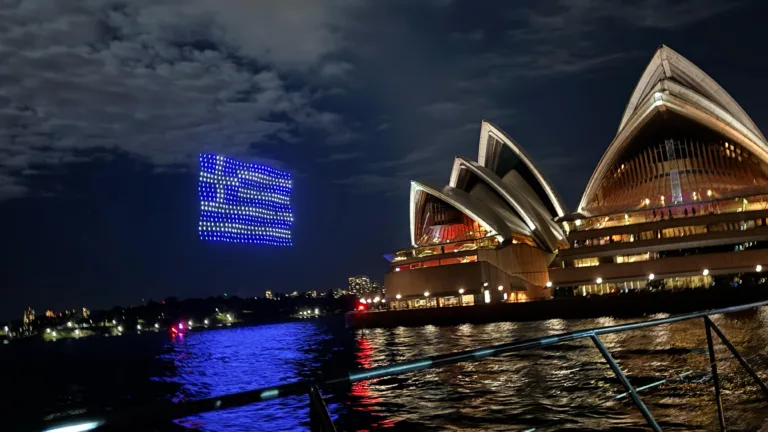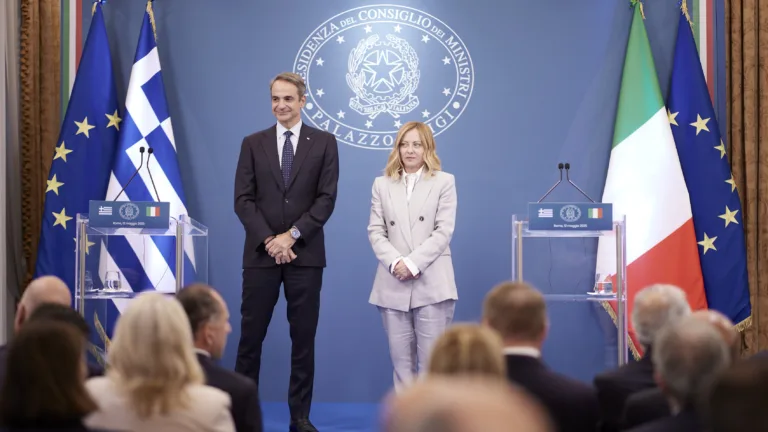By Dion Stergiopoulos
St George Saints Mens White team headed to take on Hornsby Ku-Ring-Gai Spiders last Saturday, May 10, for their last game of their three-game road trip.
The Saints were dealt a major blow before the game with star player and leading scorer Jayden Tanevski unavailable to play in last weekend’s game.
The starting five for the Saints did a fantastic job keeping pace with the vastly experienced Spiders squad which has included players with overseas experience.
With the Spiders clinging to a one-point lead at the end of the first quarter (28-29) cracks started to form and panic started to settle in within Hornsby’s game.
Saints failed to take advantage of this potential opening with the Spiders regaining their composure to take a ten-point lead in the half time break.
The experience of the Hornsby side became even more apparent in the second half, as they went on a massive scoring run to end the third quarter up by 25 points (61-86).
Despite what seemed to be an insurmountable deficit to overcome, the Saints kept fighting up until the final buzzer and continuing to put pressure on Hornsby during every possession, but it wasn’t enough, with the Spiders walking away with the 16-point victory (86-102).
Yianni Trikillis top scored for the Saints finishing with 32 points, 6 rebounds and 5 assists.
Jack Tici also contributed with 16 points, 5 rebounds and 5 assists, and Ross Aliferis was also a big contributor on the defensive end finishing with 4 points, 9 rebounds and 3 assists.
Saints head coach George Aliferis said that despite the loss he was still pleased with his team’s performance and fight to try and get back into the contest.
“I was very happy with the way we started the game, we finally started a game with a high intensity,” he said.”
“Our lack of experience in the third quarter showed, but the spirit with the team was very much present. I was super proud of Yianni, he was captain for this game and showed amazing leadership.
“We have a must win game this weekend to make sure we stay in touch for the finals.”
The Saints return home this Saturday, May 17 to take on Hills Hornets.
Saints Youth League prevail over rampaging Wildfire
Elsewhere, the St George Saints Youth League Mens red returned home for a top of the table clash against Camden Valley Wildfire on Saturday, May 10, an early contender for match of the season.
Both teams went full steam ahead from the opening tip, eager to push the tempo on offense to establish an early advantage in an extremely physical first quarter.
The Wildfire were able to capitalise on some poor early shooting from the Saints to get out to an early lead, with their full court press suffocating the St George offence forcing rushed shots.
The crowd was very vocal in support of their teams, and both teams were looking to use this as a boost with Camden holding a ten-point lead (20-30) at the end of the first term.
The Saints fought their way back in the second quarter, with star centre Maper Maker coming up with some huge plays on both ends of the floor to spark the team’s fightback.
Down by fifteen points early in the quarter (20-35) the Saints rallied together and went on a 33-13 run for the rest of the quarter to take a five-point lead at the half-time break (53-48).
The message to the Saints team from head coach Luther Shannon out of the halftime huddle was an emphasis on defence to halt any chance of a Wildfire comeback,
The Saints needed to find a spark from somewhere if they were going to extend their already slim lead. That spark came from sharpshooting guard Jaxon Jon Frintzilas, who took it upon himself to try an extend the Saints’ lead.
At the start of the final quarter, both teams slowed the pace right down in-order-to make every possession count.
The Saints blew several golden opportunities to increase their already slim lead from the free throw line.
Camden’s defensive frustrations culminated with putting the Saints in the bonus with 2:45 remaining holding just a two-point lead.
The Saints put their previous struggles from the foul line behind them, nailing six from six since they entered the bonus.
The Saints’ defence held the Wildfire’s two leading scorers (27ppg & 23ppg) to just 14(6/16 FG), and 15 points (6/24FG, 3/18 3FG).
In the end the Saints held on for the 89-82 win to remain undefeated on the season.
Saints assistant coach Angelo Tsitsos was impressed with how the team remained composed to rally their way back into the game.
“Our guys showed a lot of composure and experience to rally back from the deficit,” he said.
“Basketball is a game of runs and they had theirs early on, but we stayed composed and went on a run of our own to take control of the game.”
Star centre Maper Maker finished with a huge double-double (13 points, 21 rebounds, 6 assists, 1 steal and 5 blocks.
Jaxon Jon Frintzilas was the player of the game for the Saints, finishing the game with 29 points (12/23 FG), 9 rebounds, 2 assists and 3 steals.
The Saints will hit the road once again this Saturday, May 17 when the take on Moss Vale Magic.
